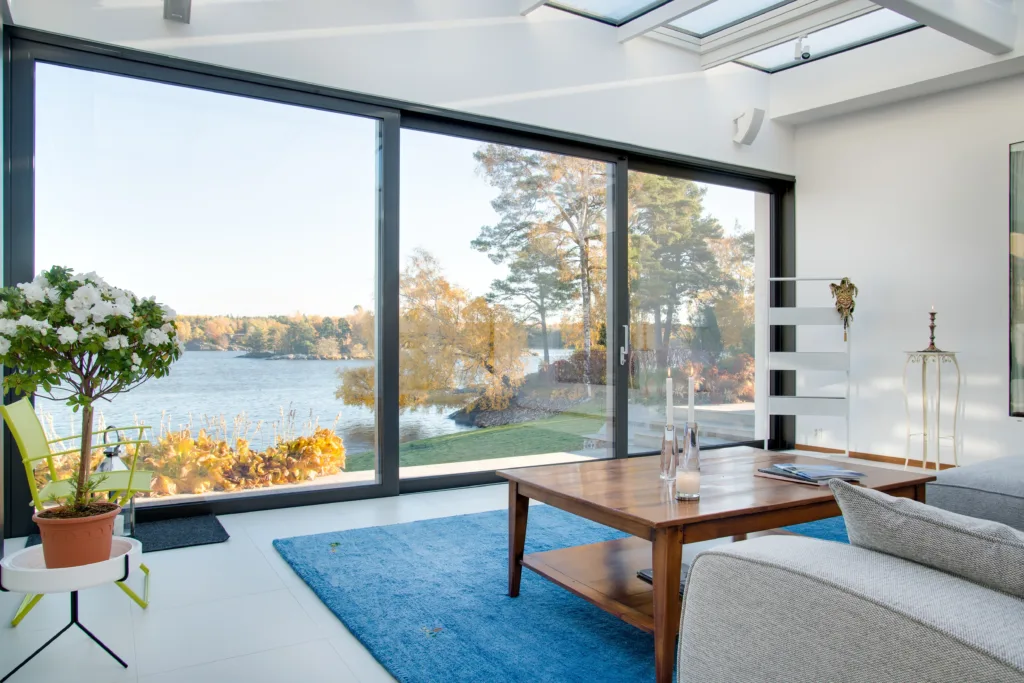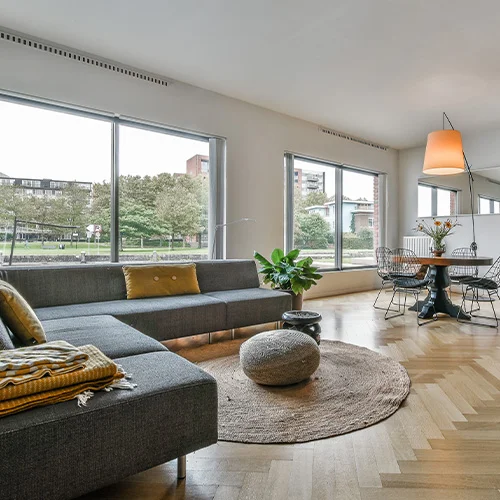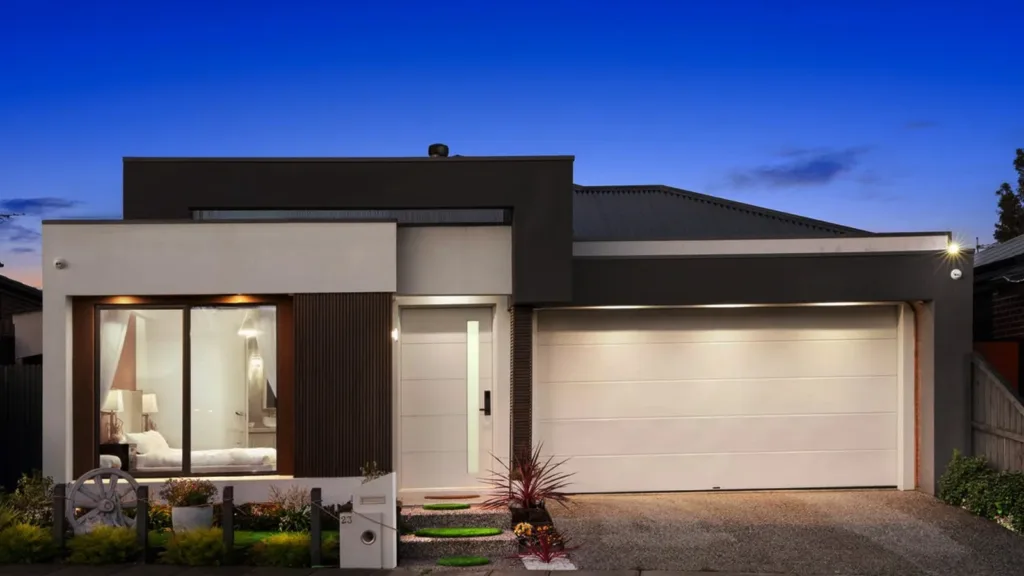- Unit 13/ 28 Longford rd, Epping
- 1300 75 17 17
Buying Your First Home in Australia – A Step-by-Step Guide
Buying your first home is an exciting milestone-but also a journey that requires careful planning, research, and the right support. At The Grand Homes, we help first-time buyers like you navigate every step of the process-from setting a budget to unlocking government grants and choosing between established homes or new builds.
Whether you’re buying to live or to invest, this in-depth guide will help you make confident decisions and avoid common pitfalls.
Assess Your Budget and Financial Position
Before you dive into real estate listings, it’s crucial to understand your financial standing and how much you’re able to borrow. The Australian property market, especially in cities like Melbourne and Sydney, is highly competitive-and the upfront costs can be significant.
Save for Deposit and Upfront Costs
First-home buyers typically need:
- 10–20% deposit of the property price.
- Additional costs for:
- Stamp duty
- Legal and conveyancing fees
- Pest and building inspections
- Lenders Mortgage Insurance (LMI) if you’re borrowing more than 80% of the property value.
For a Melbourne property, expect to save anywhere from $120,000–$200,000 to cover deposit and fees.

Explore Government Assistance
Several government schemes can reduce your upfront costs:
- First Home Owner Grant (FHOG) – A one-off payment (up to $10,000 in Victoria) for new builds.
- First Home Loan Deposit Scheme (FHLDS) – Buy with just 5% deposit without LMI.
- Stamp Duty Concessions – Many first-home buyers are eligible for waived or discounted stamp duty.
Choose Your Optimal Path: Established Home vs House & Land Package
Your buying journey begins with a crucial decision-should you purchase an existing home or build a new one?
Buying an Established Home
- Instant access to move-in-ready homes.
- Better access to established suburbs, public transport, shops, and schools.
- Character and heritage appeal often missing in new estates.
Watch Out: Older properties may come with hidden costs-pest issues, outdated plumbing, or roof repairs can drain your budget
Buying an Established Home
- Instant access to move-in-ready homes.
- Better access to established suburbs, public transport, shops, and schools.
- Character and heritage appeal often missing in new estates.
Watch Out: Older properties may come with hidden costs-pest issues, outdated plumbing, or roof repairs can drain your budget

Understanding the Market Landscape
The real estate market in Australia is fast-moving and increasingly competitive:
- 61% of first-home buyers have missed out on a property due to finance delays or being outbid.
- With rising interest rates, borrowing power has been affected, making pre-approval even more critical.
- New initiatives like the Help to Buy shared equity scheme (2025) may allow buyers to purchase with just 2% deposit, with the government covering up to 40% of the property price.
Understanding timing, trends, and local growth areas will give you an edge.
Take Strategic Steps Before Buying
Get Pre-Approved
Mortgage pre-approval:
- Shows agents you’re a serious buyer.
- Gives you a clear borrowing limit.
- Allows you to move fast when the right property appears.
Understand Hidden Costs
Budget for:
- Site preparation, soil testing
- Landscaping, fencing, driveways
- Upgrades and customizations
- Council contribution and title registration fees
Review Flexibility in Design
Some developers don’t allow structural changes once contracts are signed. Understand:
- Which changes are allowed
- How much upgrades cost
- What is included in your “turnkey” package
Evaluate the Location
Growth corridors like Melton, Mickleham, or Clyde North offer affordability-but may lack:
- Public transport access
- Local shops or amenities
- Schools and hospitals
Balance your budget with your lifestyle needs.
Know What’s in the Contract
If you’re purchasing a house-and-land package, you’ll sign:
- A land purchase contract
- A building contract
Each has different timelines, payment structures, and conditions. Read them thoroughly.


Build Your Career and Financial Strategy
Long-term financial health makes a big difference:
- Some young buyers achieve early success by saving aggressively, working multiple jobs, or living at home longer.
- A Melbourne couple bought three homes before turning 30 using disciplined savings and co-buying strategies.
Even if you can’t match that path, the key takeaway is: have a plan and start early.
Why Choose a House and Land Package?
Pros:
- Transparent, fixed pricing.
- Less competition (compared to auctions).
- Access to new infrastructure and communities.
- Energy-efficient design and modern fittings.
- Stamp duty savings on land-only purchase.
Cons:
- Limited customization options unless you pay extra.
- Construction delays can affect moving timelines.
- Risk of poor-quality finishes or hidden exclusions.
- Remote locations with fewer amenities.
Tip: Always request a list of standard inclusions and compare with display homes.
Understand Your Home Loan and Financing Options
There are two main types of loans in a house-and-land purchase:
Land Loan
- Used to buy the land.
- Repayments begin immediately.
- Lower initial loan amount.
Construction Loan
- Drawn in stages: slab, frame, lock-up, fix, completion.
- You only pay interest on the drawn amount during construction.
- Converts to a standard principal + interest loan once the home is complete.
Other key financial tools:
- Offset accounts
- Redraw facilities
- Split loans (fixed + variable rates)
Engage a broker to access the best products, especially if you’re a first-home buyer.

Final Tips for Navigating the Property Market
- ✅ Hire a mortgage broker: They’ll explain grants, compare lenders, and guide your paperwork.
- ✅ Have a buffer: Build a contingency fund for cost overruns, upgrades, or construction delays.
- ✅ Vet your builder or developer: Check reviews, past projects, and building guarantees.
- ✅ Understand every contract clause: From fixed price promises to post-handover warranties.
- ✅ Stay ready: Pre-approval, flexible settlement dates, and quick action will give you a competitive edge.
Summary Table
Step
Action
Assess your budget
Save 10–20% deposit, explore grants, estimate all upfront costs
Choose your path
Decide between established homes or new builds based on lifestyle & cost
Secure finance
Get pre-approved, explore FHLDS, FHOG, and LMI-saving schemes
Evaluate location
Review future growth, nearby schools, transport, and resale potential
Review contracts
Check build timelines, inclusions, exclusions, and penalties
Seek guidance
Use a broker, talk to agents, and do your due diligence
Final Thoughts
Buying your first home in Australia is a powerful step toward financial independence and lifestyle freedom. With the right preparation, trusted experts, and smart decision-making, you can secure a home that suits your needs, budget, and future goals.
At The Grand Homes, we’re here to help every step of the way-from pre-approval to handover. Our team offers access to turnkey house and land packages, exclusive finance solutions, and a personalised experience that makes first-home buying easy and rewarding.
With well over 100+ completed homes in the last 15 years, we have evolved into an industry leader, with a trusted name for building beautiful, personal, original, family homes and Dual Occupancies.
AN ORIGINAL DESIGN, EVERY TIMEAN ORIGINAL DESIGN, EVERY TIMEAN ORIGINAL DESIGN, EVERY TIMEAN ORIGINAL DESIGN, EVERY TIME
AN ORIGINAL DESIGN, EVERY TIMEAN ORIGINAL DESIGN, EVERY TIMEAN ORIGINAL DESIGN, EVERY TIMEAN ORIGINAL DESIGN, EVERY TIME
Our Partners
If you’re unsure where to start with your design, here are just a fewexamples of different floor plans to get you inspired.









